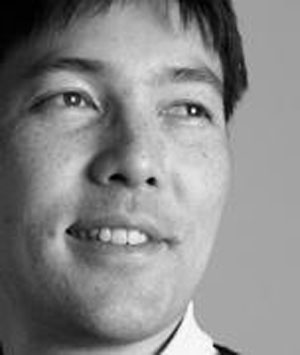Rather than trying to etch transistors onto wafers in ever higher densities Eugene Chow has developed a way to repurpose laser-printer technology to create computers by using inks containing chiplets the size of sand grains.
Chow is an electrical engineer who leads a team at PARC (formerly Palo Alto Research Center), a storied Xerox subsidiary in the business of developing innovative solutions for both Xerox and other tech firms. The idea behind PARC’s xerographic micro-assembly is that computers will eventually be so versatile and ubiquitous that every user should be able to print them onto whatever object can benefit from intelligence.
If Chow’s team succeeds virtually every household will have a printer that prints with ink containing chiplets of all types — processor, memory, piezoelectric sensors and even electro-mechanical devices. By using the same laser-induced electrostatic effect that lets laser printers charge paper to attract precise arrays of various colored toners into images, micro-assembly printers will print customized computer circuitry directly onto objects.
“It’s a crazy new revolutionary tool,” Chow told the New York Times.
It will be a half dozen years or more before Chow and his PARC team will progress from using xerographic micro-assembly to auto-assemble a few dozen chiplets into rudimentary computers to printing devices comprising hundreds of thousands or even millions of chiplets. When that day comes, computing will no longer be confined to computing devices, but will be widely distributed, transforming today’s “dumb” objects into far more useful intelligent ones.
Chow has focused his research efforts on microelectromechanical systems (MEMS), packaging and printing. In addition to xerographic micro-chip assembly, his current projects include microsprings for integrated circuit packaging and testing, and novel viscous liquid printing concepts.
Eugene Chow received a BS in electrical engineering from UC Berkeley before moving to Stanford for his masters and PhD in the same field, as well as an MS in management science and engineering. He has received over 15 patents and published 40 papers in journals and conference publications.
Recently Chow has been spending less time on golf and tennis and more on his first child.


